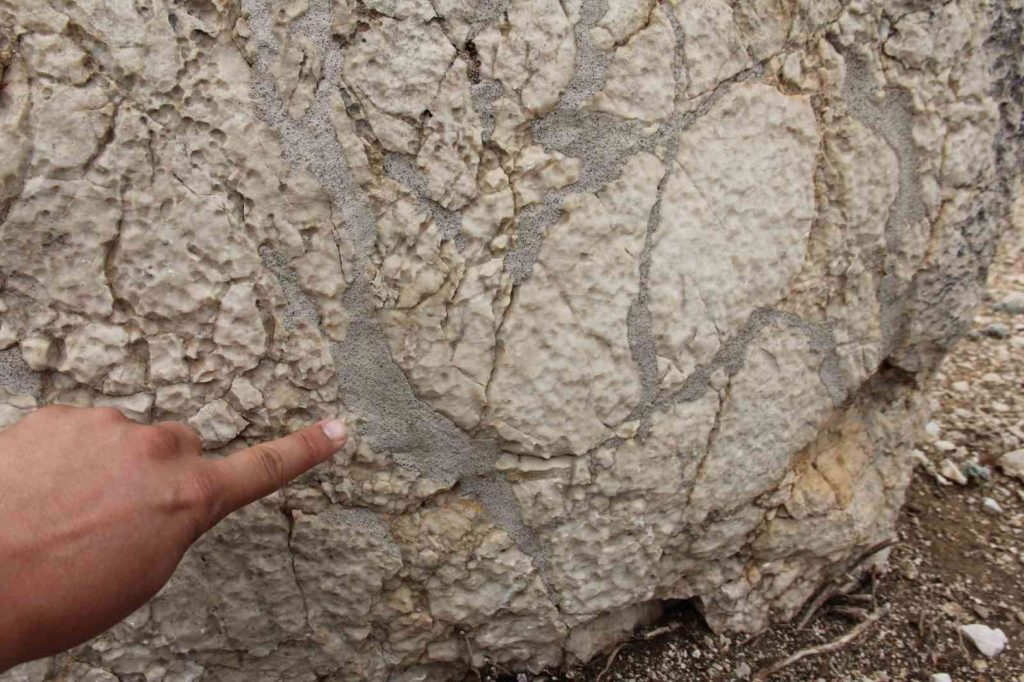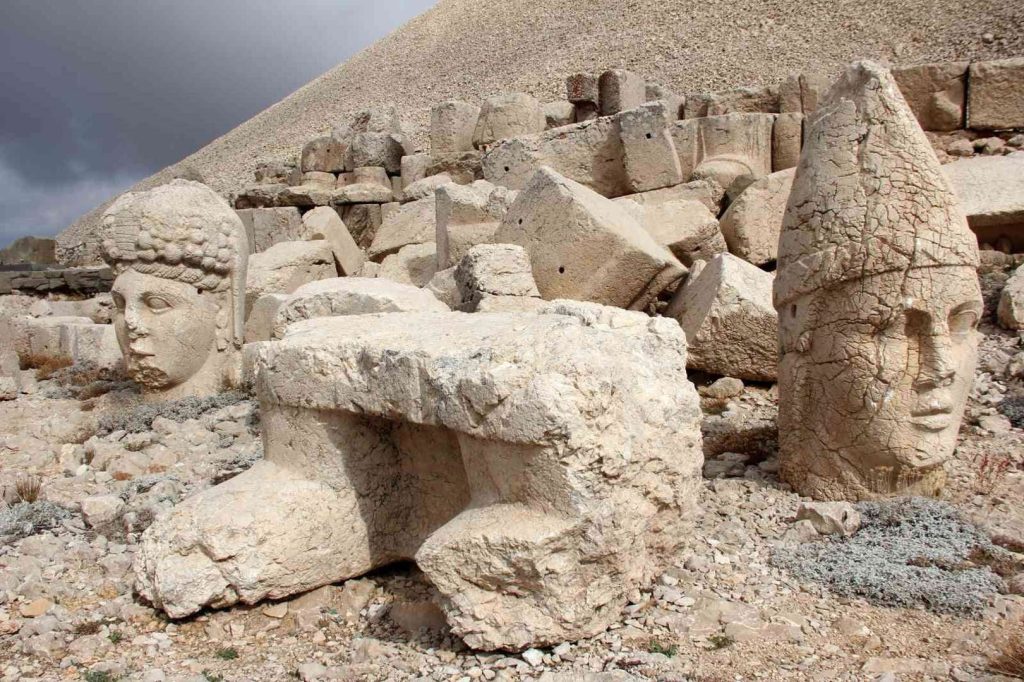
The statues on Mount Nemrut are being preserved with nano cells
Stone statues of many Greek and Persian gods, built by Antiochos Theos, king of Commagene, on the summit of Mount Nemrut in 62 BC, were protected by injecting nano cells.
According to the news on IHA, last year, cracks in the statues on Mount Nemrut, which is listed on UNESCO’s World Heritage List and has been naturally eroded for centuries, were filled with a prepared lime filler using nano technology.
The body of the Eagle statue located on the Eastern terrace, as well as the feet of Zeus’ son Herakles on the Western terrace, were filled with ‘nano lime’ by Ayşe Ebru Çorbaşı, the Director of the Gaziantep Restoration and Conservation Regional Laboratory, and her team of restorers.

After injecting nano cells into the cracked areas of the statues, a one-year period was allowed to pass. Following the passage of both winter and summer seasons, an examination was conducted to determine whether the fillings on the statues were effective. The examination revealed that the nano lime successfully preserved the statues, and a report was submitted to the Ministry of Culture and Tourism. To ensure the statues, which have stood for over 2,100 years, are passed on to future generations, similar work is planned for other statues as well.
📣 Our WhatsApp channel is now LIVE! Stay up-to-date with the latest news and updates, just click here to follow us on WhatsApp and never miss a thing!!

In a statement related to the matter, Mehmet Alkan, the Director of Adıyaman Museum, said, “In September 2022, a team from the Gaziantep Restoration and Conservation Regional Directorate conducted work here. They carried out strengthening work on the statues using nano-cell technology and aesthetic lime. After these works, the statues were exposed to rain, snow, and sunlight. They returned for another inspection after a year. During these inspections, it was observed that the statues were not affected by rain or snow, and the work performed had very positive results. They sent us a report regarding this. It was mentioned that this nano lime could be used in the future. With the implementation of these practices in the future, these statues can be passed down to future generations. Based on these reports, new schedules will be created, and restoration and conservation work will continue.”
You may also like
- A 1700-year-old statue of Pan unearthed during the excavations at Polyeuktos in İstanbul
- The granary was found in the ancient city of Sebaste, founded by the first Roman emperor Augustus
- Donalar Kale Kapı Rock Tomb or Donalar Rock Tomb
- Theater emerges as works continue in ancient city of Perinthos
- Urartian King Argishti’s bronze shield revealed the name of an unknown country
- The religious center of Lycia, the ancient city of Letoon
- Who were the Luwians?
- A new study brings a fresh perspective on the Anatolian origin of the Indo-European languages
- Perhaps the oldest thermal treatment center in the world, which has been in continuous use for 2000 years -Basilica Therma Roman Bath or King’s Daughter-
- The largest synagogue of the ancient world, located in the ancient city of Sardis, is being restored











Leave a Reply